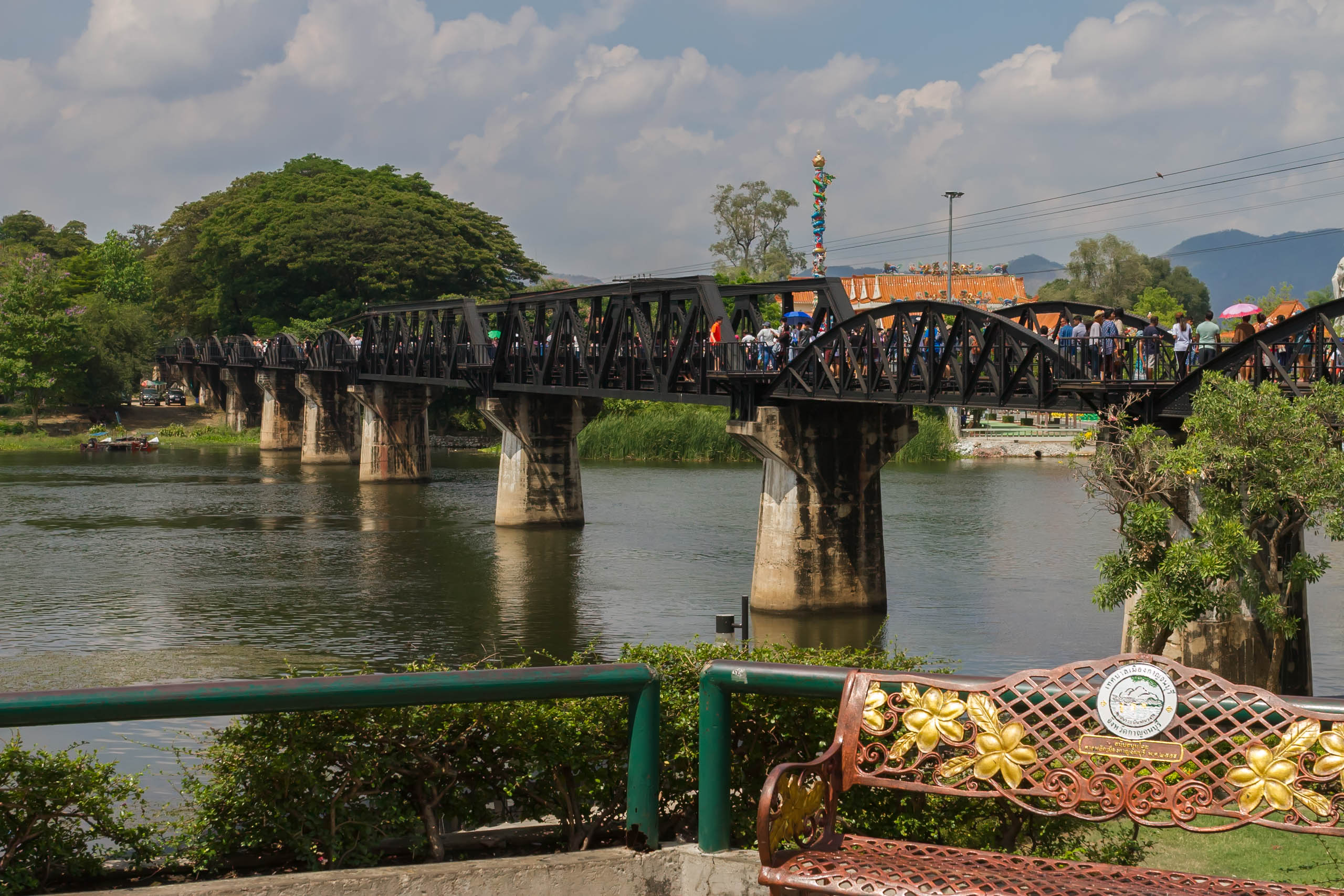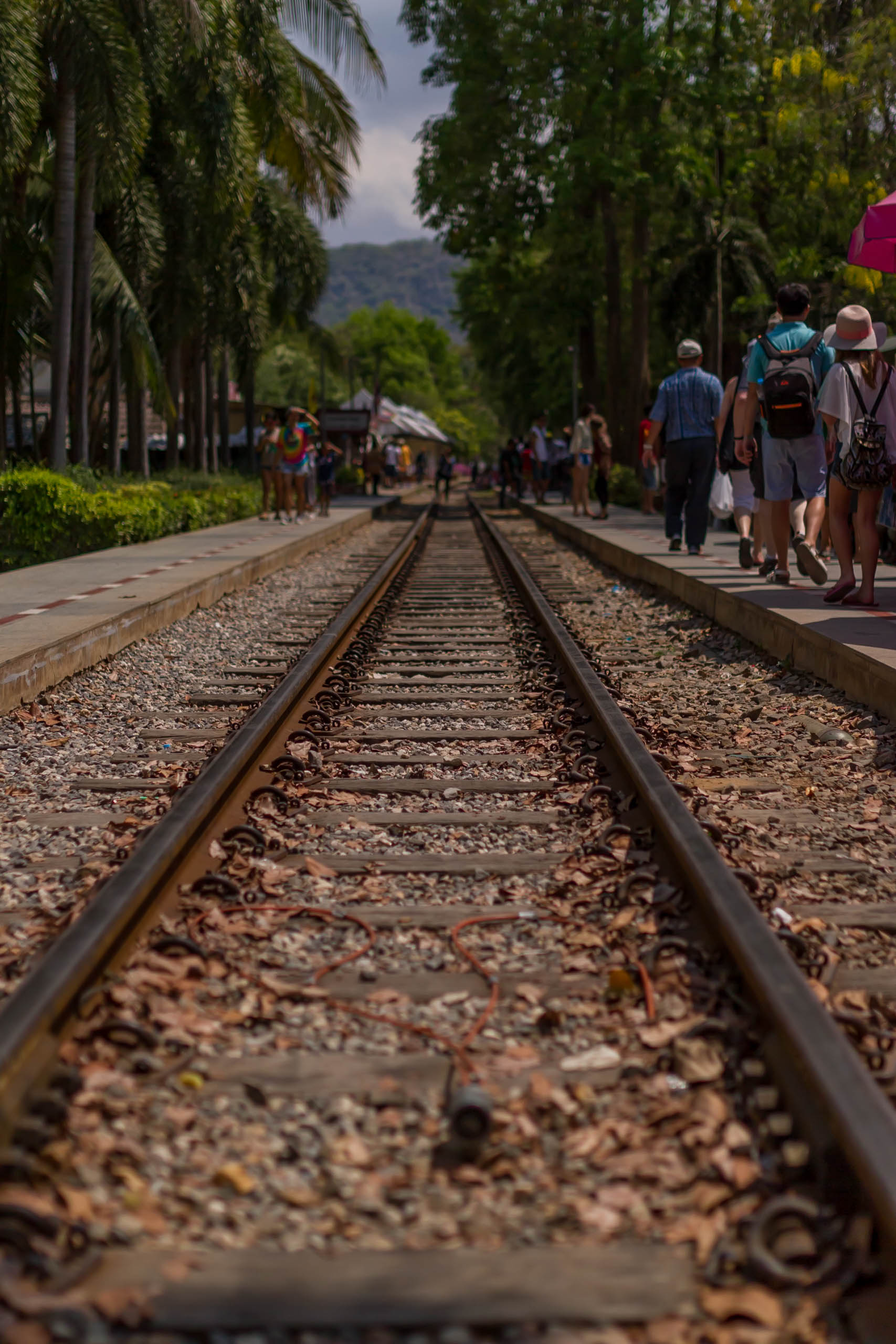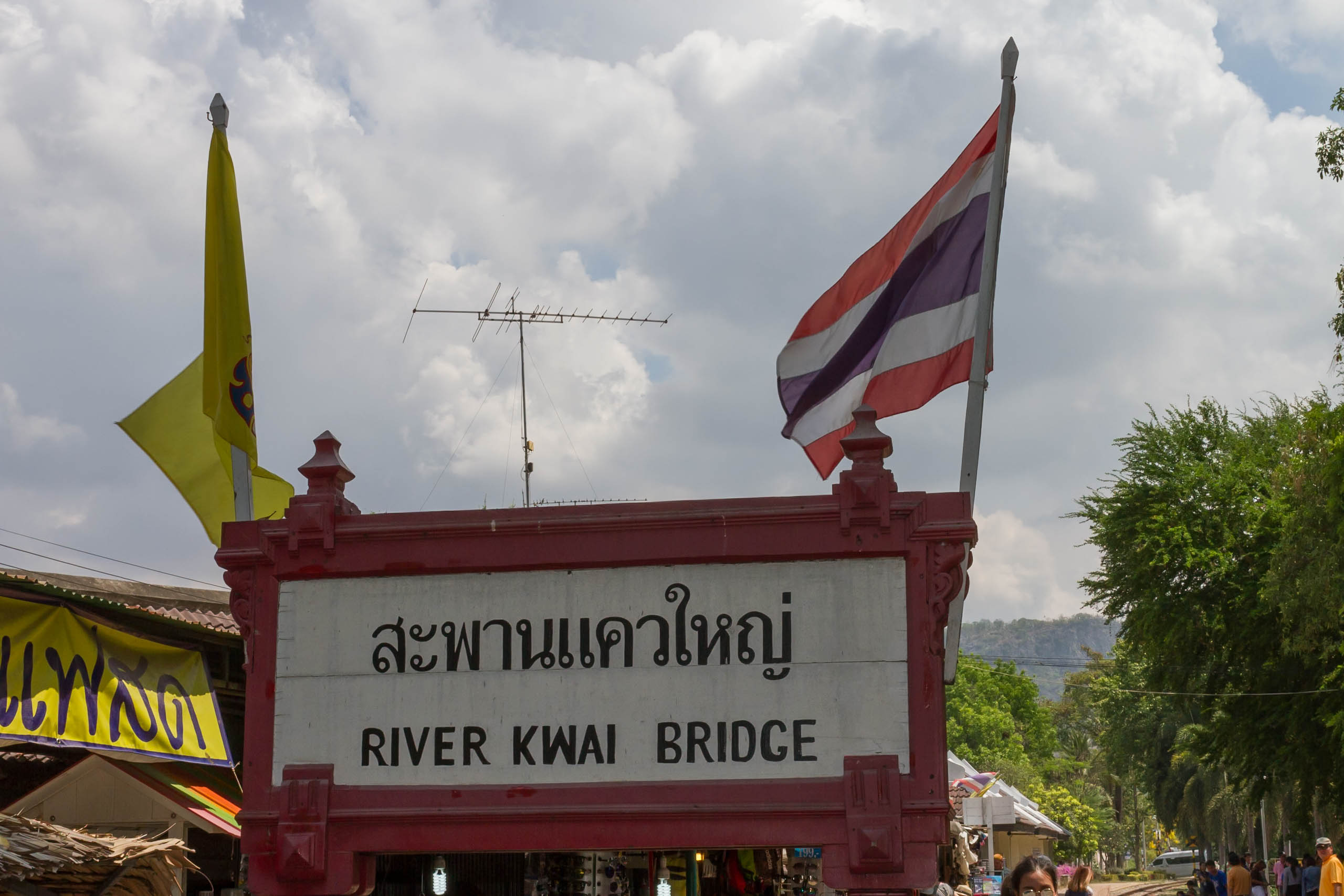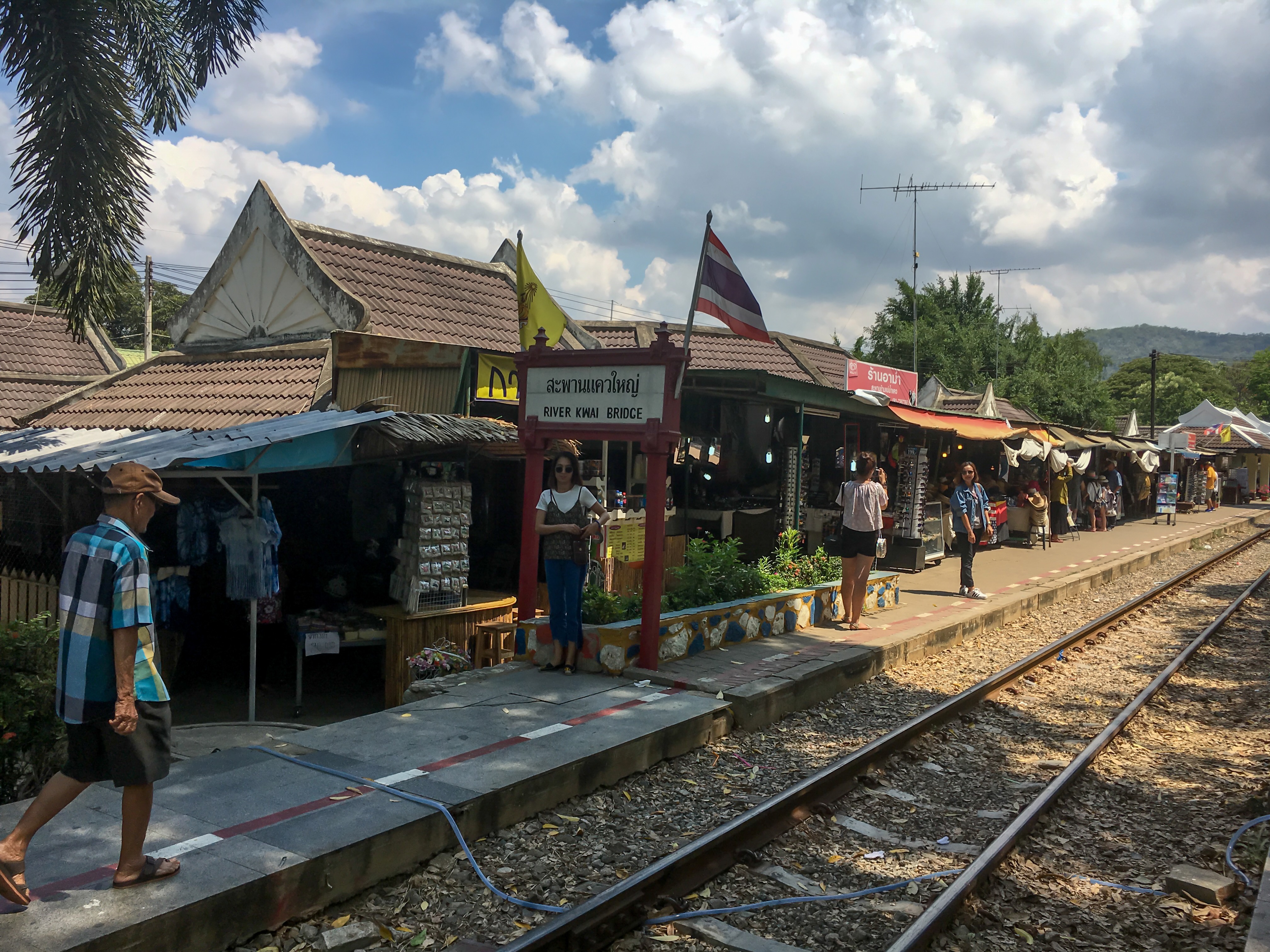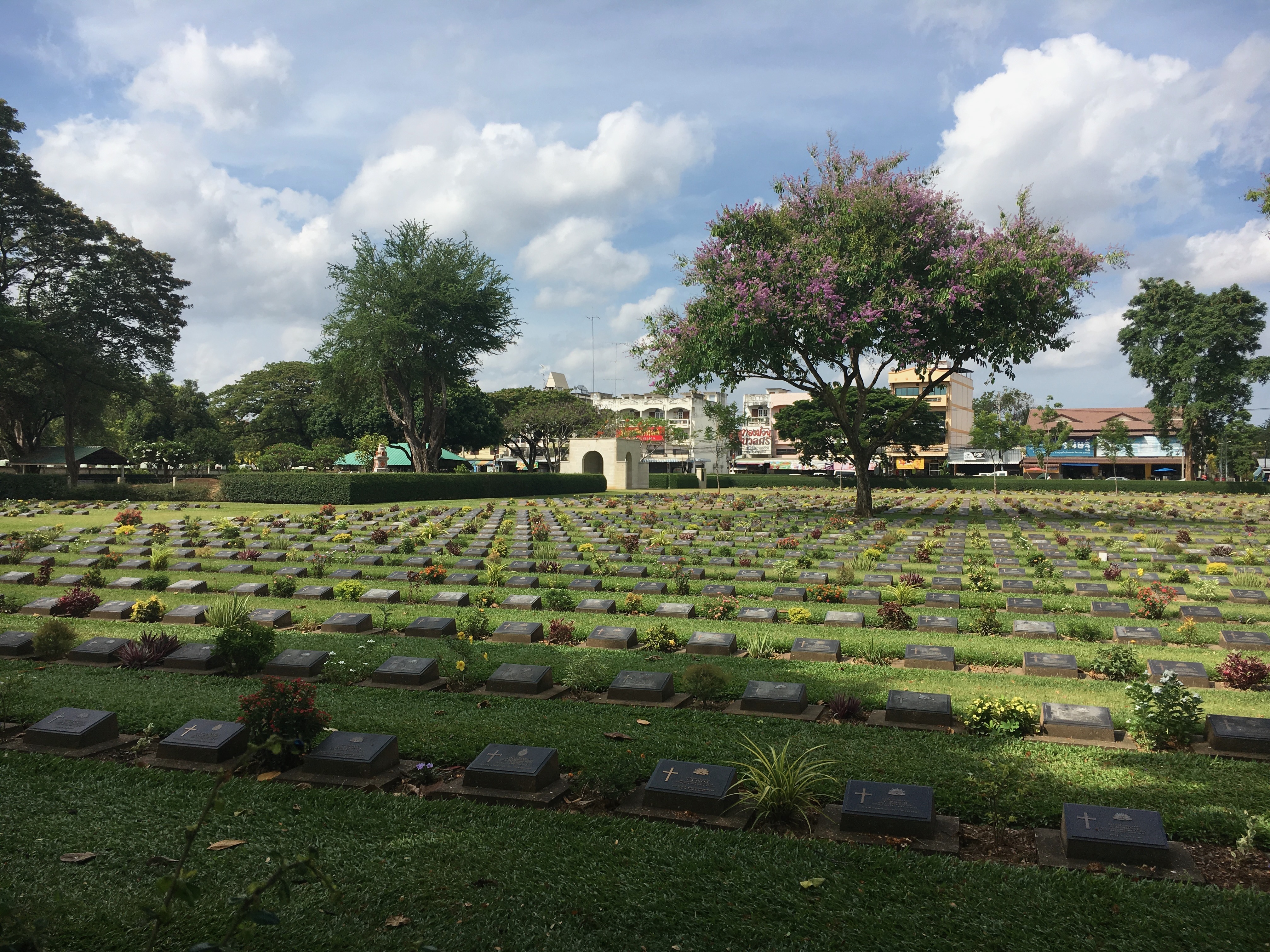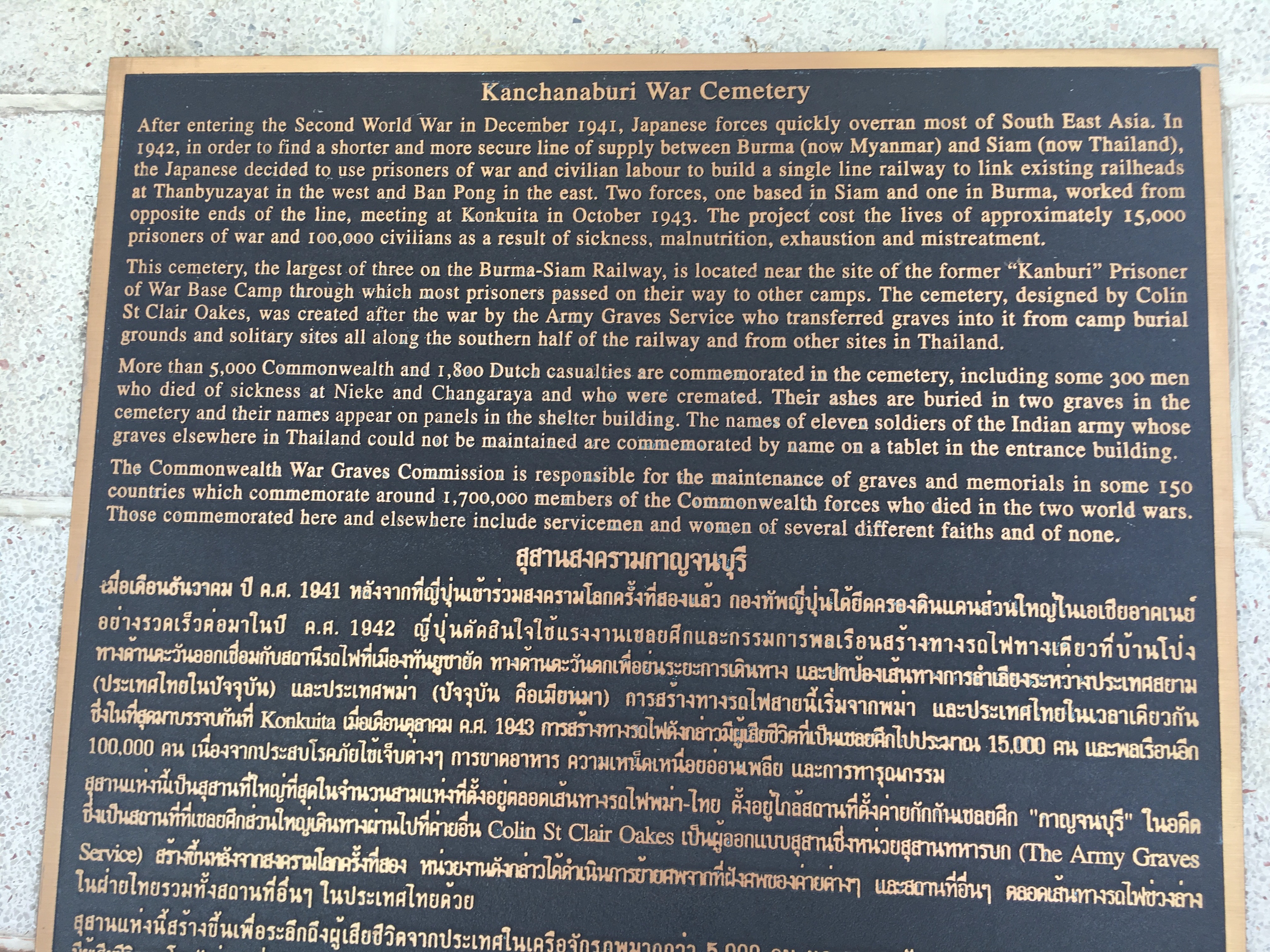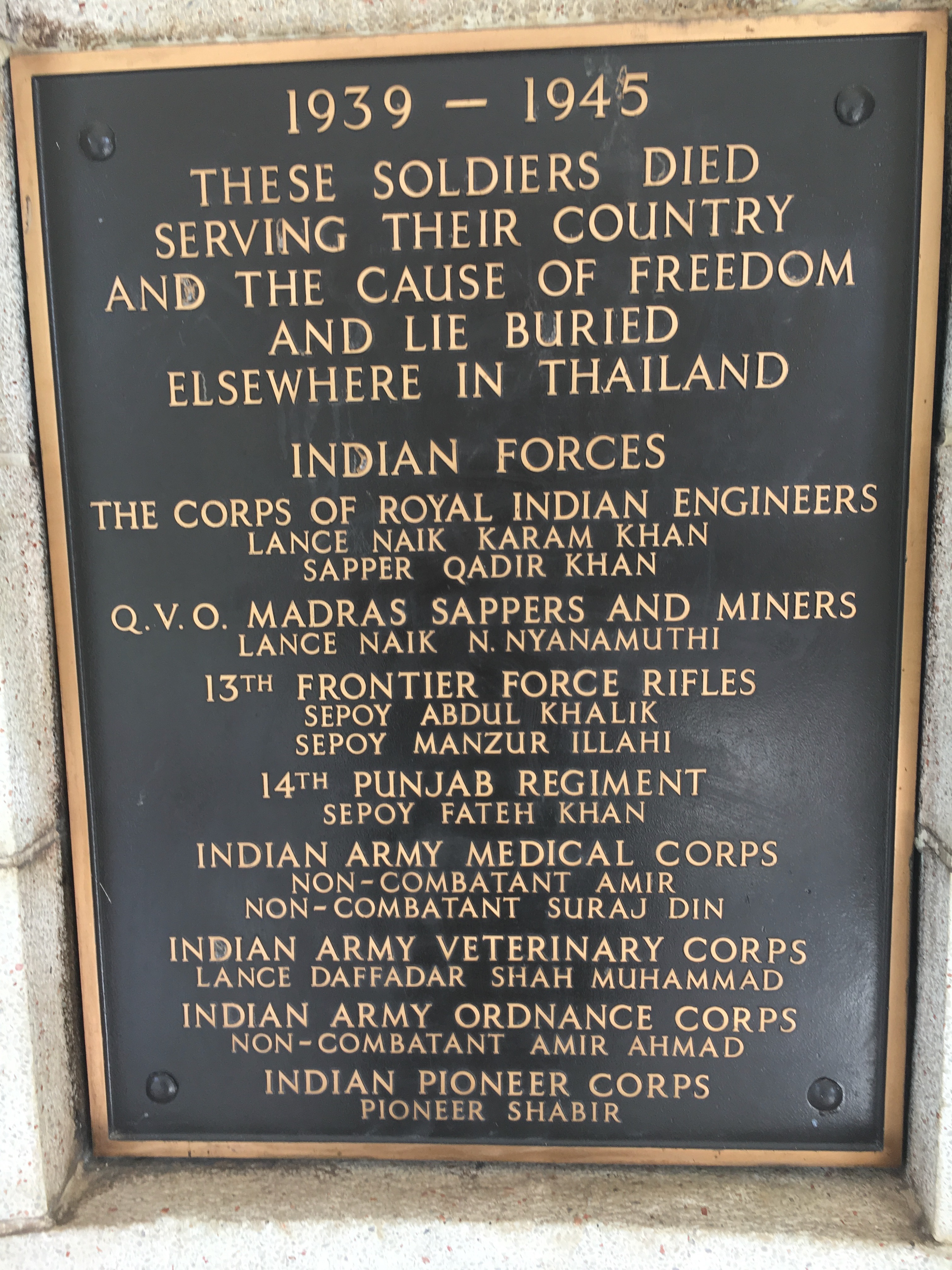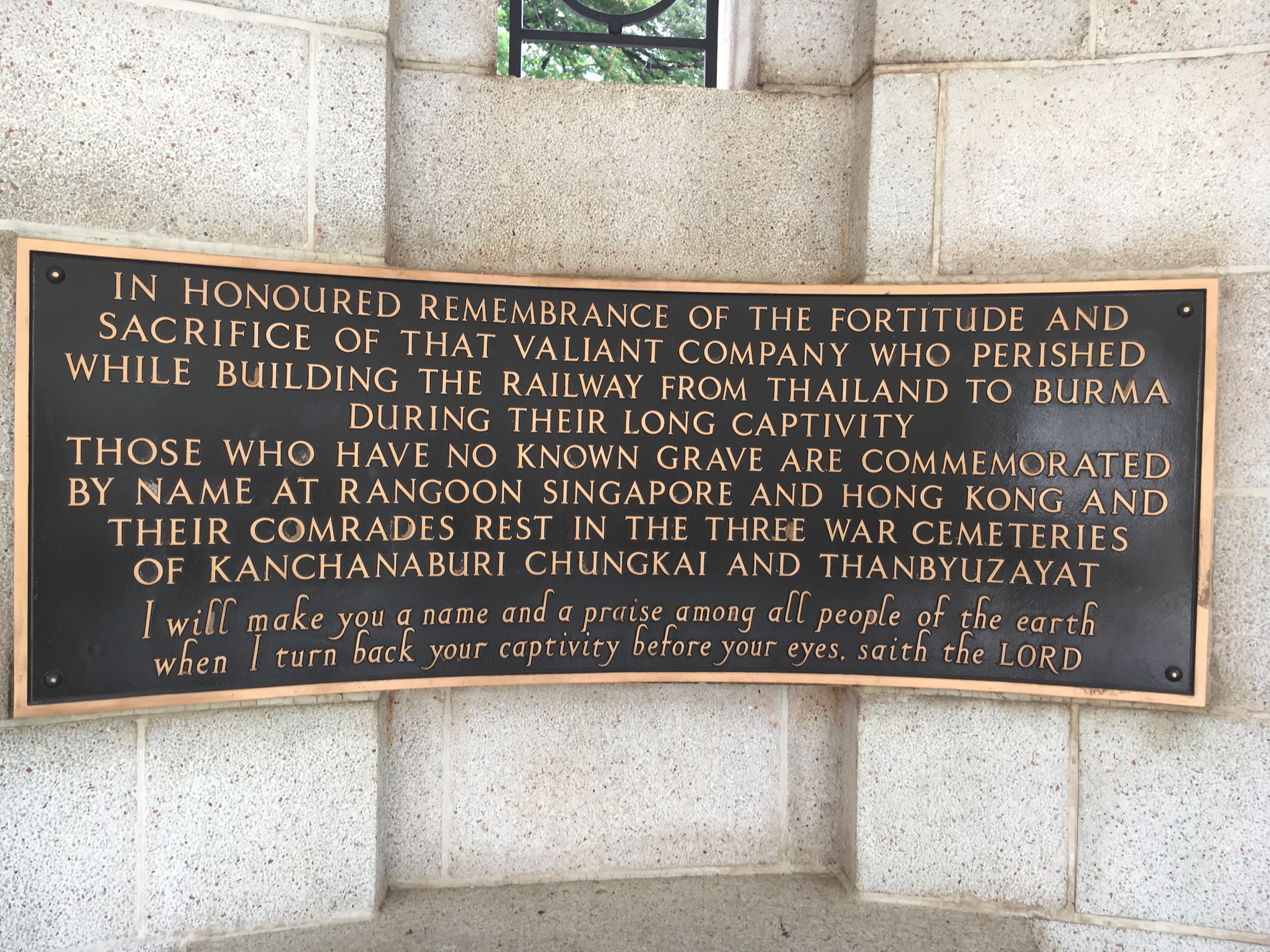Kanchanaburi
West of Bangkok, Kanchanaburi is a peaceful town at the edge of the jungle, famous for its railway bridge over the River Kwai, a witness to a tragic past linked to World War II. It also captivates visitors with its river landscapes, waterfalls, and forests.
Memory and History
During the Japanese occupation, tens of thousands of prisoners of war and Asian laborers were forced to build the railway line between Thailand and Burma, nicknamed the “Death Railway.”
Must-sees include:
- The bridge over the River Kwai, still in use.
- The JEATH War Museum (Japan, England, America, Australia, Thailand, Holland).
- The Allied War Cemetery.
- The Thailand-Burma Railway Centre, a comprehensive interpretation center.
Nature and Relaxation
The Kanchanaburi region is rich in nature:
- Erawan National Park: its seven levels of turquoise waterfalls are perfect for swimming.
- Caves, forests, and rivers ideal for hiking or kayaking.
- Opportunity to stay in floating bungalows on the river.
Cultural Excursions
- Hellfire Pass Memorial, a moving, isolated, and educational site.
- Prasat Muang Singh, Khmer ruins in a peaceful park.
- Remote monasteries and sanctuaries in nature.
Access and Atmosphere
- By train from Bangkok (line still active) or minivan.
- Kanchanaburi offers a relaxed atmosphere, with simple accommodations and plenty of local food spots.
Conclusion
Kanchanaburi is a place of dual nature: a poignant memorial site and a gateway to generous, preserved nature. It invites both reflection and exploration.
Kanchanaburi - กาญจนบุรี
The Bridge over the River Kwai
Kanchanaburi lies west of Bangkok, about 2.5 hours (144 km) by car. It is famous for its bridge, the subject of Pierre Boulle’s novel and David Lean’s film “The Bridge on the River Kwai.”
In brief, this bridge was built by 130,000 prisoners of war under Japanese orders in 1942. Its purpose was to connect Thailand to Burma via the Siam-Burma railway line. This railway is known as the “Death Railway” because of the 16,000 prisoners who died during its construction.
Info
The bridge was bombed and destroyed in June 1945. The current bridge is therefore not the original.
